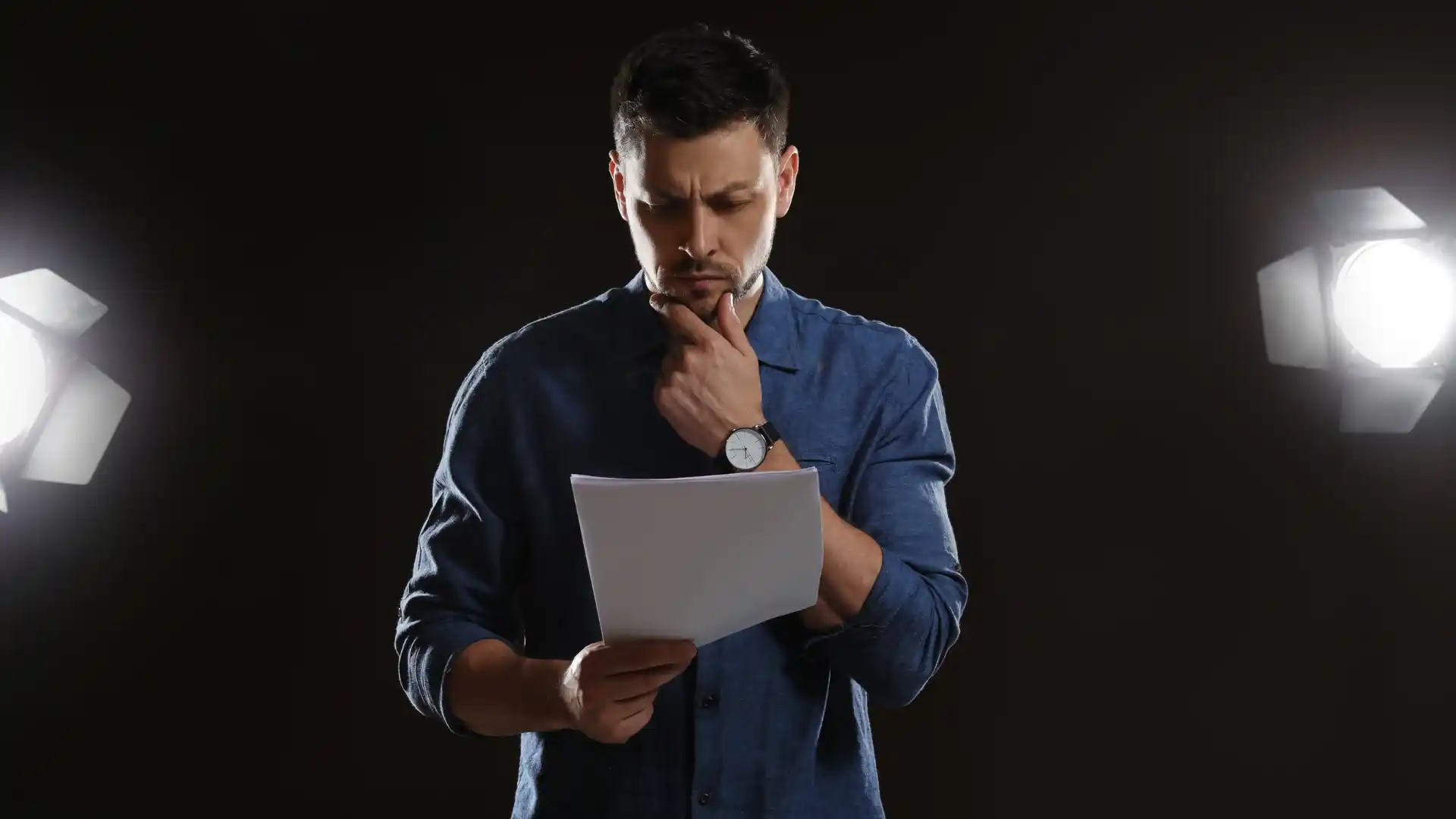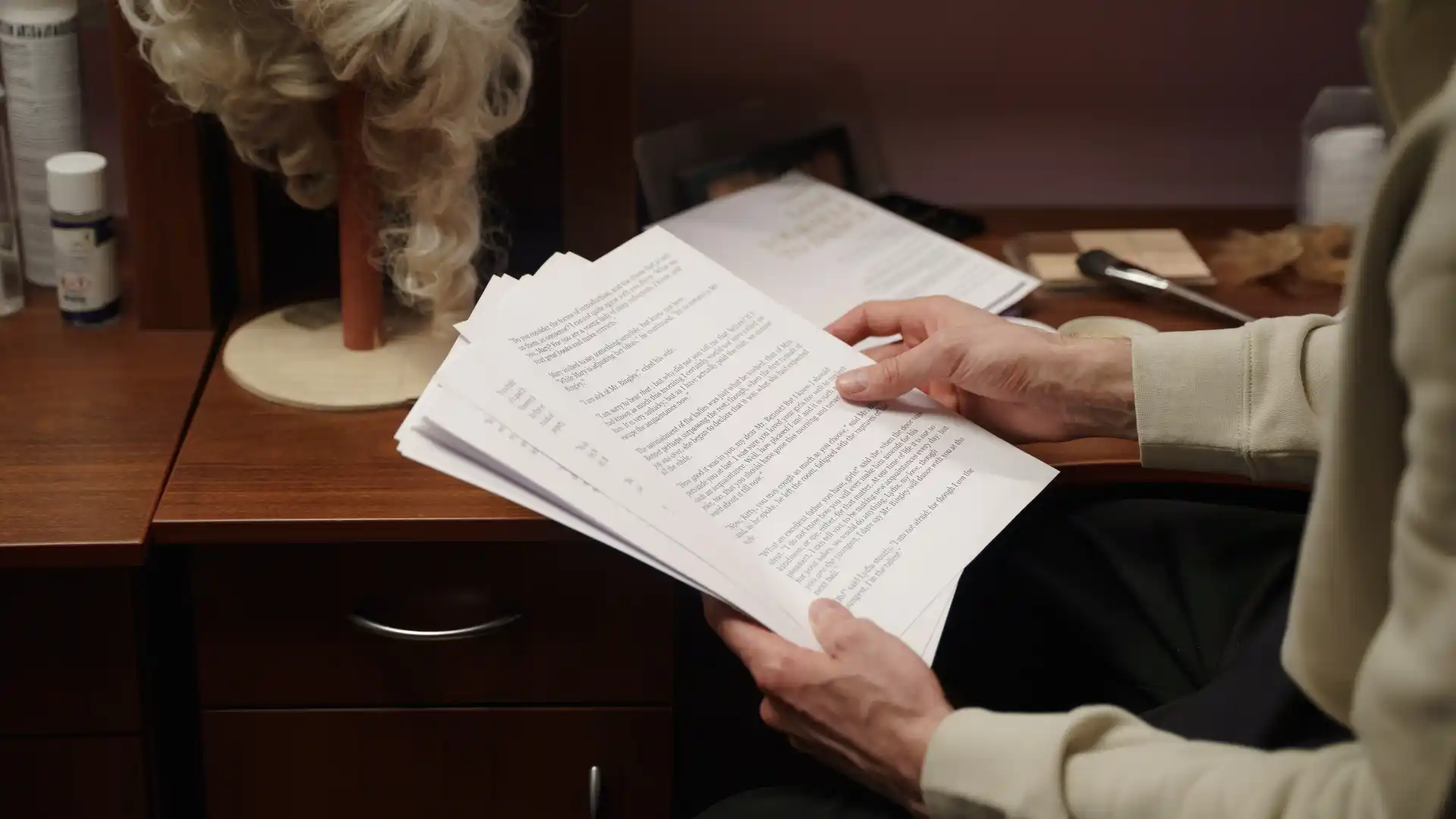Understanding the Role of a Sports Physical Therapy Assistant
Sports physical therapy assistants work under the supervision of physical therapists to provide rehabilitation services to athletes. They assist in designing and implementing treatment plans, monitoring progress, and providing guidance on exercises and techniques to improve strength, flexibility, and overall performance. With their expertise in anatomy, physiology, and kinesiology, sports physical therapy assistants are essential in helping athletes regain their physical capabilities and prevent future injuries.
Required Education and Training
To become a sports physical therapy assistant, you will need to complete an accredited associate degree program. These programs typically take two years to complete and include both classroom instruction and hands-on clinical experience. It is important to choose a program that is accredited by the Commission on Accreditation in Physical Therapy Education (CAPTE) to ensure that you receive a quality education.
Gaining Experience through Clinical Rotations
During your associate degree program, you will have the opportunity to gain practical experience through clinical rotations. These rotations allow you to work directly with patients under the supervision of experienced physical therapists. This hands-on experience is invaluable in developing your skills and understanding the unique challenges of working with athletes. New York University (NYU) offers a comprehensive sports physical therapy assistant program with clinical rotations that provide students with real-world experience in a variety of settings.
Developing Essential Skills
As a sports physical therapy assistant, you will need a combination of technical and interpersonal skills to excel in your role. Technical skills include knowledge of therapeutic exercises, manual therapy techniques, and modalities such as ultrasound and electrical stimulation. You will also need to be proficient in documenting patient progress and communicating effectively with both patients and the healthcare team. Additionally, having a passion for sports and an understanding of the demands athletes face will help you connect with your patients on a deeper level.
Pursuing Continuing Education
To stay current in the field of sports physical therapy, it is important to pursue continuing education opportunities. This can include attending workshops, seminars, and conferences that focus on the latest advancements and techniques in sports rehabilitation. Online courses, such as those offered by Yellowbrick, can also provide convenient and flexible options for expanding your knowledge and skills.
Career Outlook and Opportunities
The demand for sports physical therapy assistants is expected to grow in the coming years, driven by an increasing number of people participating in sports and physical activities. According to the Bureau of Labor Statistics, employment of physical therapist assistants, including sports physical therapy assistants, is projected to grow 29 percent from 2019 to 2029, much faster than the average for all occupations. This positive job outlook makes it an opportune time to pursue a career in this field.
Key Takeaways
- Sports physical therapy assistants play a crucial role in helping athletes recover from injuries and improve their performance.
- Completing an accredited associate degree program is necessary to become a sports physical therapy assistant.
- Gaining practical experience through clinical rotations is invaluable in developing the necessary skills for working with athletes.
- Technical skills, such as knowledge of therapeutic exercises and manual therapy techniques, are essential in this role.
- Pursuing continuing education, such as workshops and online courses, is important for staying current in the field.
- The demand for sports physical therapy assistants is expected to grow significantly in the coming years.
- Consider taking the NYU Fundamentals of Global Sports Management online course and certificate program to enhance your knowledge and skills in this field.








